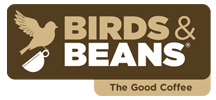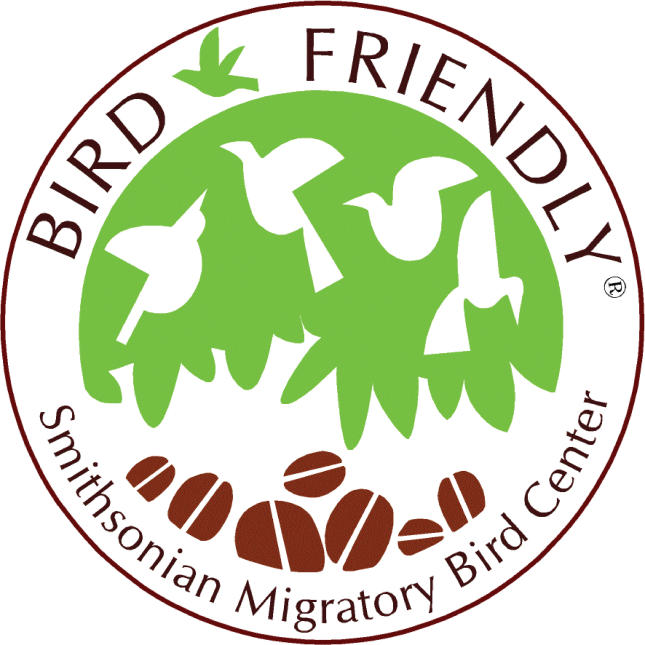COFFEE AND BIRDS, WHAT DO THEY HAVE IN COMMON? 
There are over 200 species of neo-tropical migrant birds that breed in the U.S. and Canada during the spring and early summer and migrate to the tropics of Mexico, Central and South America and the Caribbean for the winter. Some of the neo-tropical migrants that nest in our area include the rufous hummingbirds, black-headed grosbeaks, Bullock's orioles, several warbler species, swallows, western tanager, osprey, turkey vultures, and several species of hawks, among others.
Birding surveys have detected a decline in the numbers of our neo-tropical migrants during the past few decades. Tropical habitat destruction in Latin American is one of today's biggest threats to our migratory songbirds. Deforestation forces forest birds into poor unsuitable scrub habitat where they suffer lower survival rates, not making it back north to breed and reproduce in the spring. In the past few decades modern farming has dominated the coffee industry in Latin American and has devastated the last forest refuges for birds. Two million acres of shade coffee have been converted to sun coffee in recent decades. Birds, frogs, bats, insects, and countless other forest creatures suddenly lost their homes. These massive sun farms being produced need large amounts of fertilizers, fungicides, herbicides, and pesticides, (many of which have been banned for usage in the U.S. due to their high toxicities) and they mean that most of the coffee we drink in the U.S. is literally killing songbirds. All instant coffee and most mass-produced supermarket coffees come from these sun farms.
Coffee plantations started out being planted in the shade of rain forests, (a coffee plant's natural habitat). Traditional shade-grown coffee farms are biologically diverse ecosystems. Both resident and migratory birds are attracted not to the coffee plant, but to the food that the diverse shade trees provide, including fruit, nectar, and insects. "BirdFriendly®" certified shade coffee farms resemble a natural rain forest and can provide a buffer against forest loss. Bird survey studies show that heavy shade coffee farms are able to sustain almost as many species of birds (30 -35) as tropical rain forests (35-40), while sun coffee farms contain less than 5 species.
North Americans drink 300 million cups of coffee a day and import more than 3.3 billion pounds of coffee each year. We have helped shaped the economies, land, and peoples of Latin America over the last 200 years. Other than having a vague idea that coffee beans were grown and picked in some faraway tropical country, most of us don't think about how our coffee was grown or that it even matters. We have been slow to wake up and realize our coffee habit is causing environmental and social damage and that we hold the key to the survival of many neo-tropical migrants. Coffee drinkers are a powerful force for saving the biodiversity in tropical countries and giving our migrants a safe haven for the winter. We may choose not to give up our coffee habit, but we can insist that it be grown under trees. Shade grown coffee tastes great, but most people buy it because it is good for the birds and good for the farmers who produce it.
We carry Birds and Beans™ Bird-Friendly® coffee in our store. The Bird-Friendly® certification means the farms upon which the coffee was grown have been given the seal of approval by the Smithsonian Migratory Bird Center. The SMBC has developed a set of strict criteria for evaluating shade coffee farms, making this delicious coffee triple certified: Certified organic, Certified Fair Trade, and Certified Bird-Friendly®. Make sure your next cup of coffee comes from a farm that's good for birds and for the environment. Look for this seal of approval on every bag of coffee you buy.


